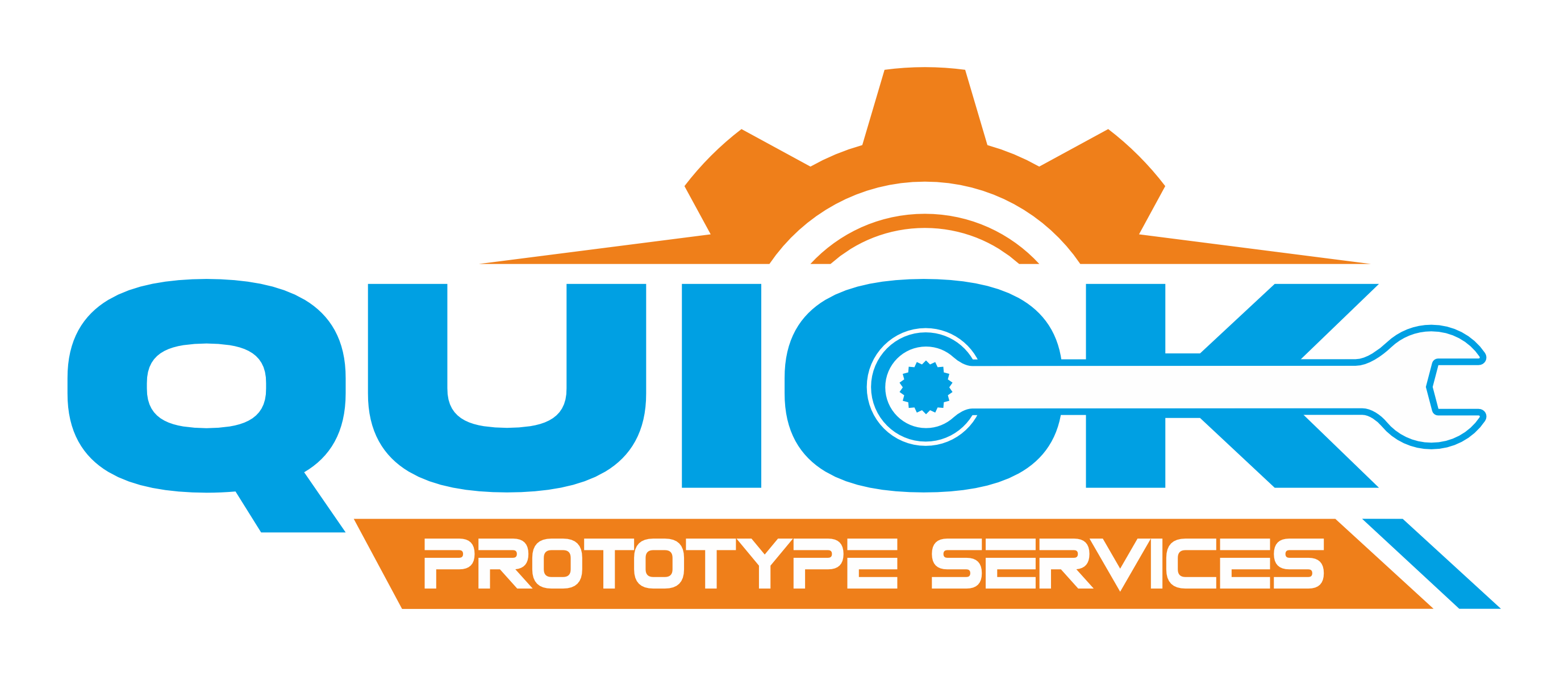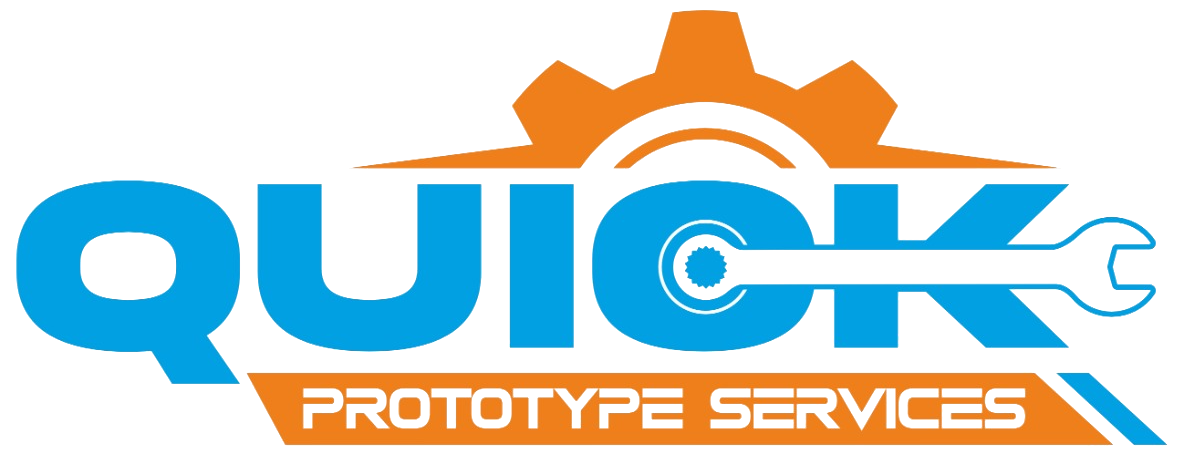About Anodizing
Anodizing, a surface treatment process rooted in electrochemistry, stands as a cornerstone in the enhancement of aluminum and aluminum alloys. By harnessing the principles of anodic oxidation, this method transforms surface properties, imparting exceptional corrosion resistance, wear resistance, and hardness to the metal substrate. Anodizing not only fortifies the material against the ravages of time and environment but also elevates its aesthetic appeal.
This versatile process finds applications across diverse industries, spanning from consumer goods to aerospace engineering. Whether it’s enhancing the durability of architectural parts or ensuring the longevity of kitchenware, anodizing emerges as a pivotal solution. With options ranging from Type II Anodizing for everyday items to Type III Anodizing for components subjected to extreme conditions, the versatility of this process knows no bounds.
Types of Anodizing
Type I Anodizing:
- Materials: Aluminum
- Color: Clear, black, blue, gold, grey, red, etc.
- Texture: Matte finish.
- Thickness: 1.8 μm to 25 μm (0.00007″)
- Applications: Consumer goods, architectural parts, decorative items
Type II Anodizing:
- Materials: Aluminum
- Color: Clear, black, blue, gold, grey, red, etc.
- Texture: Matte finish.
- Thickness: 1.8 μm to 25 μm (0.00007″)
- Applications: Consumer goods, aircraft components, architectural parts, kitchenware
Type III Anodizing:
- Materials: Aluminum
- Color: Clear, black
- Texture: Matte finish.
- Thickness: > 0.001″
- Applications: Parts subject to high and low temperatures, chemical exposure, or wear
Design Considerations:
- Anodized parts have poor electrical conductivity due to their insulative properties.
- Ensure all edges and corners on the workpiece are rounded over 0.5mm to prevent local overheating during anodizing.
- Workpieces with rough surfaces can become smoother after hard anodic oxidation treatment.
- Special fixtures must be designed to maintain good conductive contact during hard anodizing to prevent breakdown or burning of contact parts.
Start your next project with anodizing today! Get a Quote and explore related resources.


